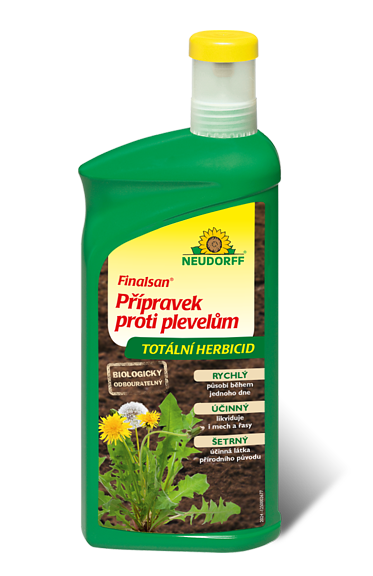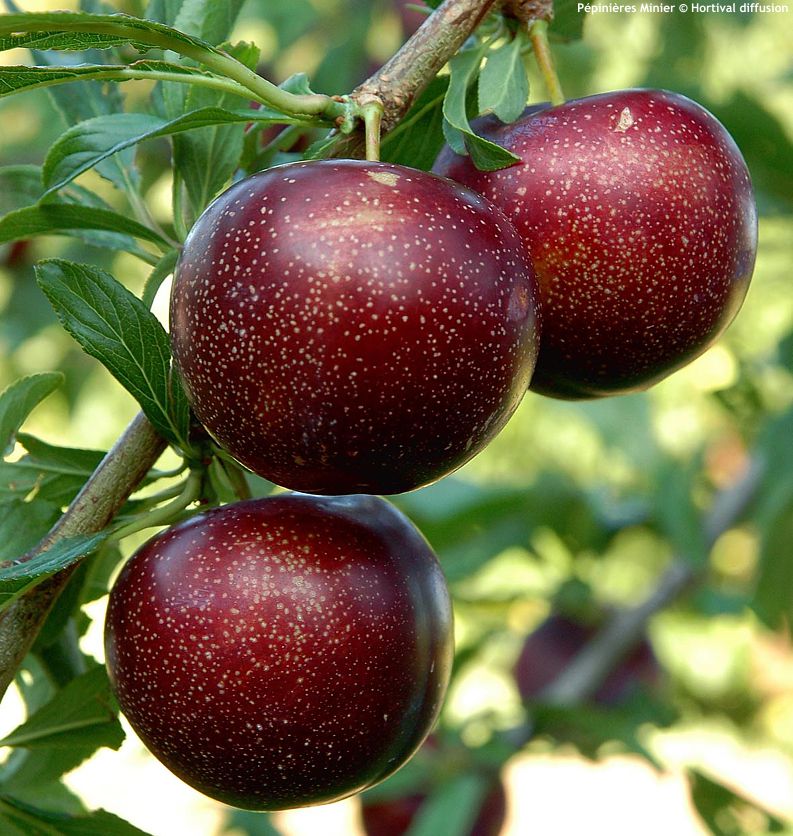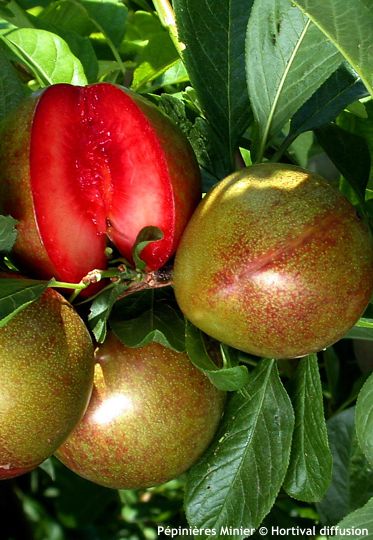Prunus Pluot® 'PURPLE CANDY'® pluot (plum x apricot)
Prunus
When the Japanese plum decided to join forces with the apricot, the result was one of the most delicious experiments in modern fruit breeding – the pluot. This interspecific hybrid, technically referred to as an interspecific plum, carries approximately three-quarters of plum genetics and one-quarter apricot [(Prunus salicina × (Prunus salicina × Prunus armeniaca)) × Prunus salicina]. Its smooth skin, juicy flesh, and sugar content that often surpasses both parents make it a sweet champion among stone fruits. Pluot is no accident of nature, but the result of deliberate breeding perfected in the 1980s by American horticulturist Floyd Zaiger (1926–2017). He built on the work of the legendary Luther Burbank (1849–1926), who at the turn of the century experimented with so-called plumcots – the first plum-apricot hybrids. While Burbank’s creations were too delicate for commercial cultivation, Zaiger went further: he crossed plumcot with plum, creating a new generation of hybrids now known under the trademarked name Pluot®.
If Luther Burbank opened the door to interspecific breeding of stone fruits, Floyd Zaiger flung it wide open with tireless precision. His lifelong passion was the breeding of fruit trees – especially peaches, nectarines, apricots, cherries, and plums – with the goal of creating varieties with better flavour, longer shelf life, and improved climate adaptability. In his family-run company Zaiger’s Genetics, based in Modesto, California, he developed over 400 patented cultivars, all through traditional crossbreeding – without genetic modification. Zaiger considered the pluot his greatest achievement: the result of thousands of hand-made crosses was a fruit that not only tasted better than its parents but could also be grown and shipped on a commercial scale. Unlike the plumcot, which is a direct cross between plum and apricot, the pluot is the result of repeated backcrossing of plumcot with plum, giving it a distinctly plum-like character – smooth skin, intense colour, and sugar levels often exceeding 20 °Brix.
Pluot® Purple Candy® looks as if in the middle of the night it secretly escaped from a tree of purple plums and caught stardust on its skin. Its fruits have a rich purple skin with a gentle sheen, reminiscent of a candy wrapped in fruit syrup. The flesh is bright carmine red, exceptionally juicy, with pronounced sweetness and a subtle acidity that gives the flavour a lively edge. The sugar content reaches around 19 °Brix, but thanks to the balanced ratio of sugars and acids, the taste remains fresh and harmonious. The aroma is fruity, with notes of plum, raspberry, and a hint of tropical fruit. In Central European climates, the fruit typically ripens between July 20th and 30th. Ripeness is best judged by the intense skin colour and a gentle give when lightly pressed – that’s when the flavour is at its peak. The skin is firm enough to allow short-term storage and transport, but the fruits are best enjoyed fresh, ideally chilled. They also work beautifully in desserts, jams, or as a colourful contrast to cheeses.
The tree grows moderately vigorously, forming a compact crown that is easy to shape and maintain at a manageable size. It reaches about 2.5 meters in height and is suitable for planting in open ground or larger containers. It flowers in the first half of April with soft pink blossoms. 'Purple Candy' is self-fertile, though the presence of other varieties – such as 'Flavor Candy' or 'Dapple Dandy' – can improve fruit set. It is mostly grafted onto Citation rootstock, which supports semi-dwarf growth, early fruiting, and good adaptation to moist soils. In heavier or drier soils, Myrobalan rootstock has also proven effective, though it requires regular removal of suckers. The tree is well-suited for container growing in pots of at least 40 litres, where it can produce reliably with consistent care – although yields may be slightly lower than when planted in open ground.
Pluot requires a sunny location, sheltered from strong or persistent winds, and deep, well-drained soil with a pH between 6.0 and 7.0. It does not tolerate waterlogging, so in heavier soils, drainage or raised beds are necessary. The tree grows moderately vigorously; staking is recommended in the early years. Regular watering during dry periods and balanced fertilization support healthy growth and fruit production. Its cold hardiness ranges from –27 to –29 °C (USDA zone 5), making it suitable for cultivation in most parts of Central Europe. The tree is not prone to disease, though in wet years it may be sensitive to brown rot (Monilinia). As for pruning, opinions vary, but we recommend occasional summer thinning of overcrowded branches to maintain an airy crown. The seeds inside the pits contain trace amounts of amygdalin and should not be consumed.
Last update 20-10-2025
Goods are shipped all over Europe. For Russia and U.K. and for further details please read about SHIPPING OPTIONS HERE.
Are you interested in a serious discount for orders NOV-FEB? Check your options here.
THE PRICES INCLUDE VAT of 15%. For quick conversion you can use 1 CZK = approx. 0.04 EUR
- STANDARD QUALITY - Plants of this group are 1st class quality with number of branches and overall density adequate to their size and age, considering they were container grown.
- DE LUXE QUALITY - This label guarantees a luxurious quality of manually selected plants that, compared to their height and age, are exceptionally dense and beautiful.
- EXTRA - These plants are usually mature and bigger specimens with exceptional overall appearance.
- STANDARD (as described in the plant form) means a tree with a trunk of 190-210 cm and a crown at the top, unless specified differently. The commercial size for trees is their girth measured in the height of 1m from ground.
- HOBBY - These plants are of the same quality as our standard-quality plants but younger and therefore cheaper.
- SHRUB - a woody plant with branches growing bushy from the ground level.
- HALF-STANDARD or MINI-STANDARD - a small tree with shorter trunk, its size is usually specified.
- FEATHERED - These are trees with branches growing already from the base of the trunk and up along the stem.
- GRASSES and PERENNIALS - Sizes given usually read the diameter of the pot or the clump, as specified.

































.jpg)




.jpg)
